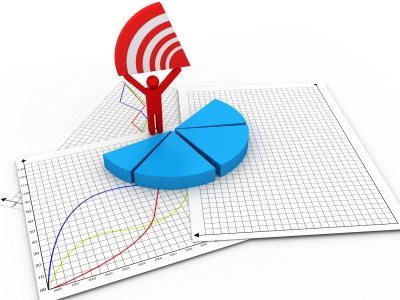Hi there now for me one of the most important elements we learnt from an internet marketing seminar we both attended back a couple of years ago was what I’m going to talk about today – defining your prospective customer. Who are you targeting, what are they and why are you targeting them?
These and the others that I’m going into in more detail below are vital questions you really must answer, so here goes…
If you’re going to market products or services to people, you’ve got to really know them inside and out. It’s tough to get a handle on a demographic, but it’s easy with just one person. That’s why we create an ideal customer profile. This ‘one person’ is who you’ll market to.
The Superficial Level
First, we need to define them on the superficial level. This is demographic and physical information that tells us about them on the outside. It includes things like:
– Age
– Gender
– Income Level
– Geographical Location
– Occupation and Employment Status
– Marital Status and Number of Children
– Income Level
All of this data is easy to figure out. You can do it through split-testing ads, social media sites (checking out your fans on Facebook for example) or simply coming right out and asking them. The trickier stuff to find out is what’s inside.
It’s What’s on the Inside that Counts
Now we get into the juicy details. When you’re learning about your ideal customer, you need to ask questions like:
– What are their pain points? What causes them pain, fear and frustration that they’re looking to alleviate?
– What do they like to do? Conversely, what do they hate to do or try to avoid doing?
– Where do they hang out?
– What technologies do they use on a daily basis? (For example, smartphones, social media sites, etc.)
– What are their values and goals? How would they like to change their life?
– How do they feel about money and spending it?
– What products do they purchase and why do they buy them?
– How do they get information? (For example, from friends, family members, mass media, organizations they’re affiliated with, etc.)
Look at all the data you have on your target market that answers the above questions, and especially look at your sales data over the last few years. You’ll find common trends and this is the data that will go on your ideal customer profile. Some of what you discover may surprise you; it’ll often be different from what you expected.
What to Do with Your Ideal Customer Profile
What you’ve done by this point is create the profile of a single human being that is your ideal customer. This person doesn’t exist, of course, but the profile gives you what we call in marketing a ‘sweet spot.’ This is what you should aim for.
When you’re creating new products or evaluating products to promote, you’ll run it by your ideal customer profile first. Is it something that will help them get where they want to go? Does it fit with their buying behaviours? Using this profile, you’ll be able to more accurately predict whether they will.
Too many marketers think that their products appeal to anybody and everybody, and that’s a no-no in marketing. You need to laser target your customer as narrowly as possible if you want to market effectively to them.
Tony Phelps
This post not answered all of your queries? Leave a comment and we’ll try & help




